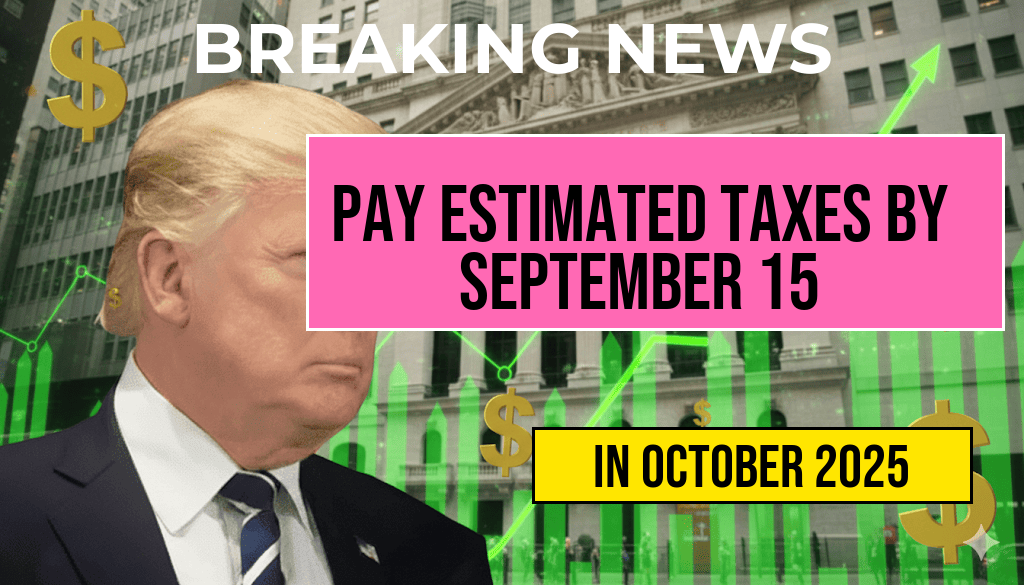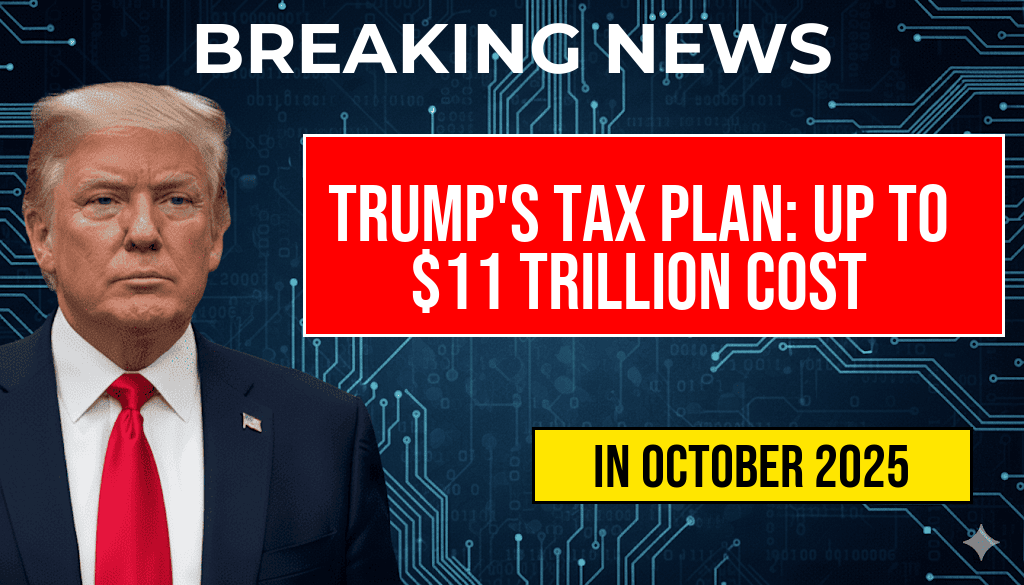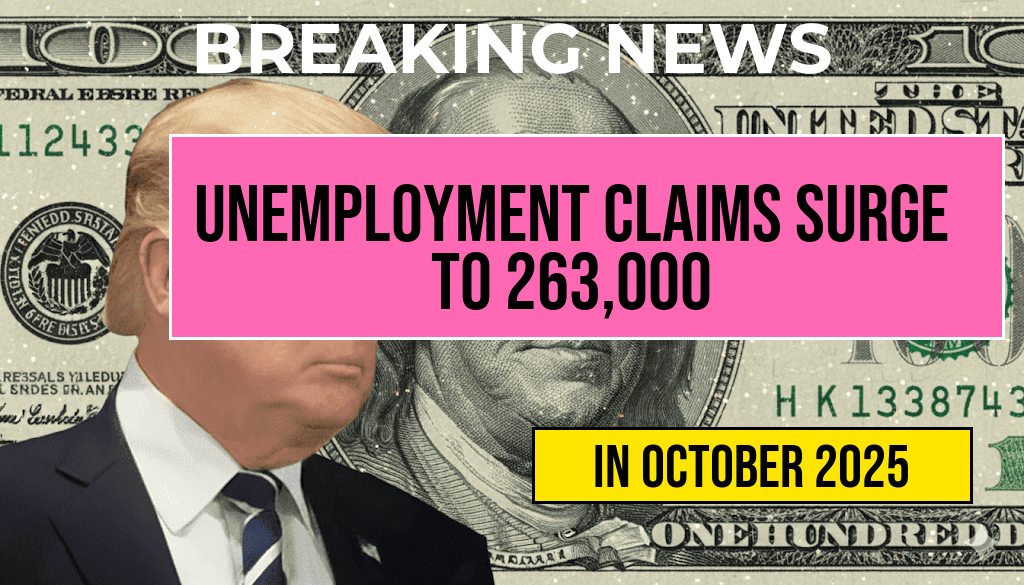Former President Donald Trump has unveiled a sweeping tax plan that could potentially cost the U.S. economy up to $11 trillion over the next decade. This ambitious fiscal strategy aims to cut taxes across various income brackets, with significant implications for both the federal deficit and taxpayers’ wallets. Advocates argue that these tax reductions could stimulate economic growth and job creation, while critics warn that such measures could exacerbate income inequality and lead to reduced funding for essential public services. As the nation grapples with a complex economic landscape, understanding the potential impacts of Trump’s tax proposal is crucial for everyday Americans.
The Key Components of Trump’s Tax Plan
Trump’s tax plan includes several major components that would reshape the current tax landscape:
- Reduction in Income Tax Rates: The plan proposes lowering tax rates for individuals and corporations, with a particular focus on the highest earners.
- Elimination of Certain Deductions: Several itemized deductions would be removed, aimed at simplifying the tax code.
- Increased Standard Deduction: The standard deduction would see a significant increase, which could benefit many middle-class families.
- Corporate Tax Cuts: The corporate tax rate would be reduced further, which proponents believe will encourage business investment.
Potential Economic Impact
The projected $11 trillion cost of Trump’s tax plan raises questions about its sustainability and long-term economic effects. Economists are divided on whether such cuts would ultimately boost the economy or lead to larger deficits. Here are some potential outcomes:
1. Economic Growth vs. Deficit Concerns
Supporters of the plan argue that tax cuts could spur economic growth by providing individuals and businesses with more disposable income, leading to increased spending and investment. However, detractors point out that without offsetting revenue, such cuts could significantly increase the national deficit, which is already a pressing issue.
2. Impact on Middle-Class Families
While many middle-class families might benefit from the increased standard deduction, the elimination of certain deductions could negate these benefits. Families that previously relied on deductions for mortgage interest or state taxes may find themselves with a higher overall tax burden.
3. Effects on Public Services
With a significant reduction in tax revenues, funding for public services such as education, healthcare, and infrastructure may face severe cuts. This raises concerns about the long-term viability of essential services that millions of Americans rely on.
What This Means for Your Wallet
For average taxpayers, the implications of Trump’s tax plan could vary widely based on individual circumstances. Here are some factors to consider:
- Income Level: Higher-income individuals may see the most significant tax cuts, while the middle class could experience mixed results depending on changes to deductions.
- Dependence on Deductions: Taxpayers who currently benefit from itemized deductions may find that the elimination of these deductions leads to a higher tax bill.
- Long-Term Financial Planning: Families and individuals may need to re-evaluate their financial strategies in light of potential changes in tax obligations and available deductions.
Public Opinion and Political Ramifications
The public response to Trump’s tax plan has been mixed. Polls indicate a divide along party lines, with Republicans generally supportive of tax cuts and Democrats concerned about the implications for the deficit and social services. As the plan moves through Congress, it is likely to face intense scrutiny and debate, with various interest groups lobbying for and against the proposed changes.
Conclusion
As the tax plan continues to evolve, the potential for an $11 trillion cost looms large over discussions of fiscal responsibility and economic growth. Taxpayers should stay informed about developments and consider how these changes could impact their financial situations in the coming years. For more detailed information on the implications of tax reforms, you can visit Forbes or review the analysis on Wikipedia.
Frequently Asked Questions
What is the estimated cost of Trump’s tax plan?
The estimated cost of Trump’s tax plan could reach up to $11 trillion over the next decade, raising concerns about its long-term financial implications.
How might Trump’s tax plan affect individual taxpayers?
Individual taxpayers could see changes in their tax rates and deductions, which may either increase or decrease their overall tax burden depending on their income levels and financial circumstances.
Will Trump’s tax plan impact government services?
Experts suggest that if Trump’s tax plan is enacted, it could lead to significant reductions in government services and programs due to decreased tax revenue, potentially affecting public welfare.
What are the potential benefits of Trump’s tax plan?
Proponents argue that Trump’s tax plan could stimulate economic growth by encouraging investment and job creation, which may lead to increased wages and more disposable income for some taxpayers.
What should taxpayers do in response to potential changes from Trump’s tax plan?
Taxpayers should stay informed about the developments related to Trump’s tax plan and consider consulting with a financial advisor to understand how potential changes may impact their personal finances.











